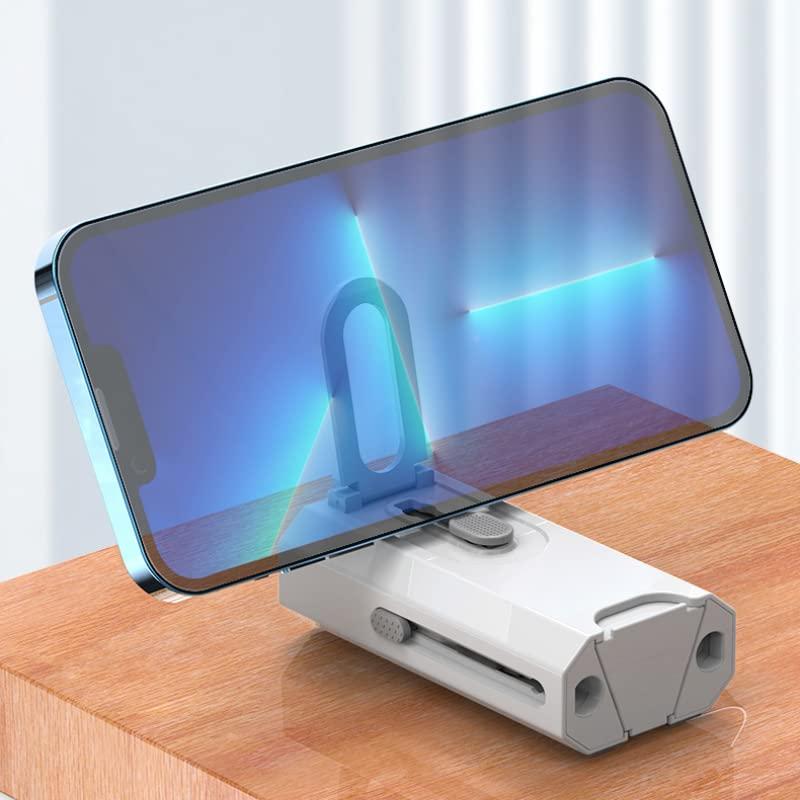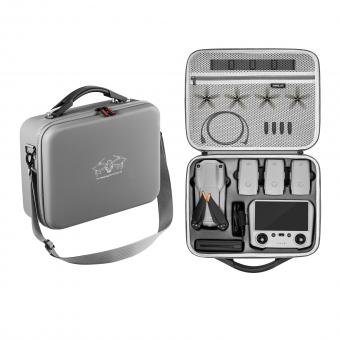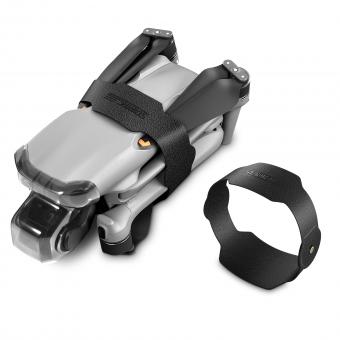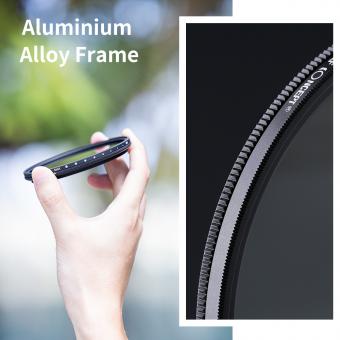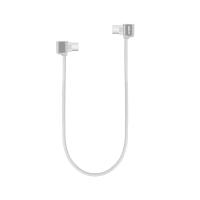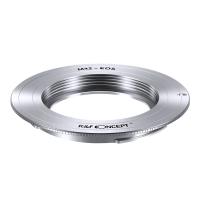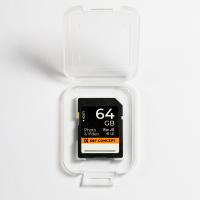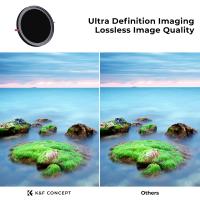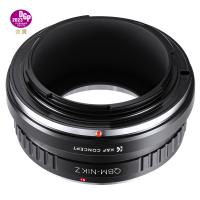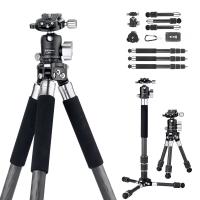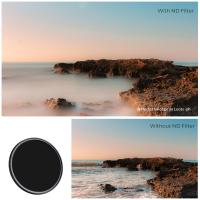How To Avoid Air Bubbles On Microscope Slides ?
To avoid air bubbles on microscope slides, it is important to follow a few key steps. First, ensure that the slide is clean and free from any dust or debris. Next, apply a small drop of the specimen or liquid onto the slide, being careful not to overfill. Then, gently lower a coverslip onto the slide at a slight angle, allowing it to touch the liquid first and gradually lower it to avoid trapping air. If air bubbles do appear, gently tap the coverslip with a blunt object to try and remove them. Alternatively, you can use a fine needle or pipette to carefully lift the coverslip and reposition it to release any trapped air. Finally, ensure that the coverslip is pressed firmly against the slide to create a seal.
1、 Proper cleaning techniques for microscope slides
To avoid air bubbles on microscope slides, it is crucial to follow proper cleaning techniques. Here are some steps you can take to ensure a bubble-free slide preparation:
1. Start by cleaning the slides thoroughly. Use a mild detergent or soap and warm water to remove any dirt or debris. Rinse the slides with distilled water to eliminate any residue.
2. Dry the slides using a lint-free cloth or air-drying. Avoid using paper towels or tissues as they can leave behind fibers that may cause air bubbles.
3. Inspect the slides under a light source to ensure they are clean and free from any particles.
4. Prepare a clean working area, free from dust or other contaminants that could interfere with the slide preparation process.
5. When applying the specimen or mounting medium, use a dropper or pipette to dispense a small amount onto the slide. Avoid excessive amounts, as this can lead to the formation of air bubbles.
6. Gently lower a coverslip onto the slide, starting from one edge and slowly lowering it to avoid trapping air. It is recommended to use a fine-pointed needle or forceps to guide the coverslip into place.
7. If air bubbles do appear, gently tap the coverslip with a blunt object, such as a pencil eraser, to encourage the bubbles to move to the edge of the slide. Alternatively, you can use a needle to carefully lift the coverslip and reposition it to release trapped air.
8. Finally, allow the slide to dry completely before examining it under the microscope.
It is important to note that the latest point of view emphasizes the use of high-quality, pre-cleaned microscope slides to minimize the risk of air bubbles. Additionally, some researchers suggest using antifade mounting media that reduce the formation of air bubbles during slide preparation.
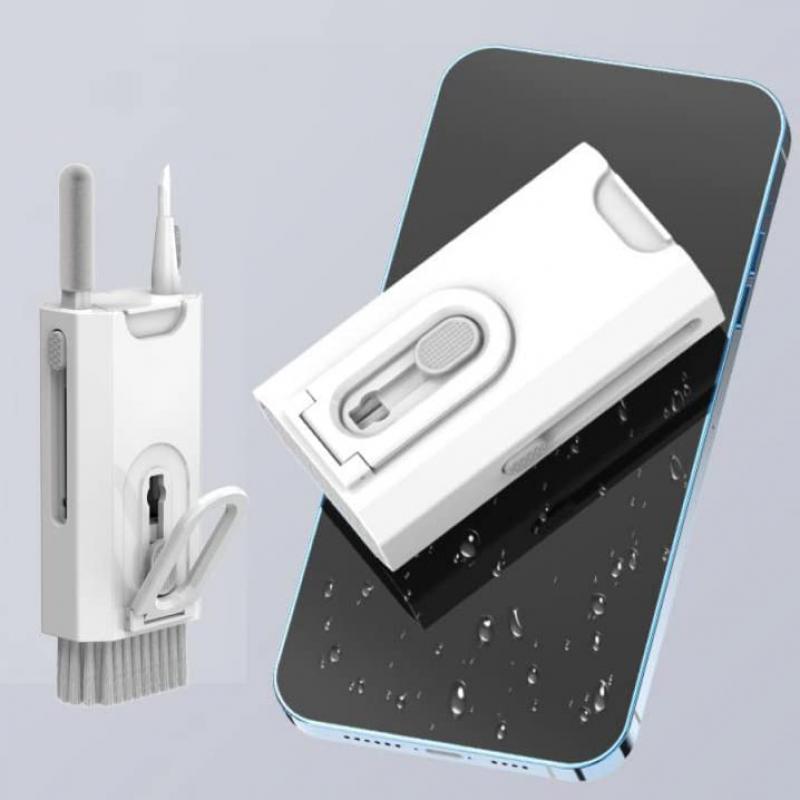
2、 Using a mounting medium to minimize air bubbles
To avoid air bubbles on microscope slides, one effective method is to use a mounting medium. A mounting medium is a substance that is applied to the specimen on the slide before covering it with a coverslip. It helps to minimize the formation of air bubbles and provides a clear and stable medium for observation under the microscope.
When using a mounting medium, it is important to follow a few steps to ensure the best results. First, ensure that the slide is clean and free from any debris or contaminants. Any dirt or dust particles can interfere with the mounting process and potentially lead to the formation of air bubbles.
Next, carefully place a small drop of the mounting medium onto the specimen. It is crucial to use the right amount of mounting medium – too little may not cover the entire specimen, while too much can lead to the formation of air bubbles. The drop should be large enough to cover the specimen but not excessively so.
After placing the drop of mounting medium, gently lower a coverslip onto the slide, starting from one edge and slowly lowering it to avoid trapping air bubbles. It is important to avoid pressing down too hard, as this can also lead to the formation of air bubbles.
If air bubbles do appear, they can be minimized by gently tapping the coverslip with a blunt object, such as the handle of a microscope slide or a pencil eraser. This helps to dislodge any trapped air and allows it to escape.
In recent years, there have been advancements in mounting mediums that are specifically designed to minimize air bubble formation. These newer mediums often have lower viscosity, allowing them to spread more evenly and reduce the likelihood of air bubbles. Additionally, some mounting mediums contain anti-evaporation agents that help to prevent the drying out of the specimen, further reducing the chances of air bubble formation.
In conclusion, using a mounting medium is an effective way to minimize air bubbles on microscope slides. By following proper techniques and utilizing newer advancements in mounting mediums, researchers can ensure clear and accurate observations under the microscope.
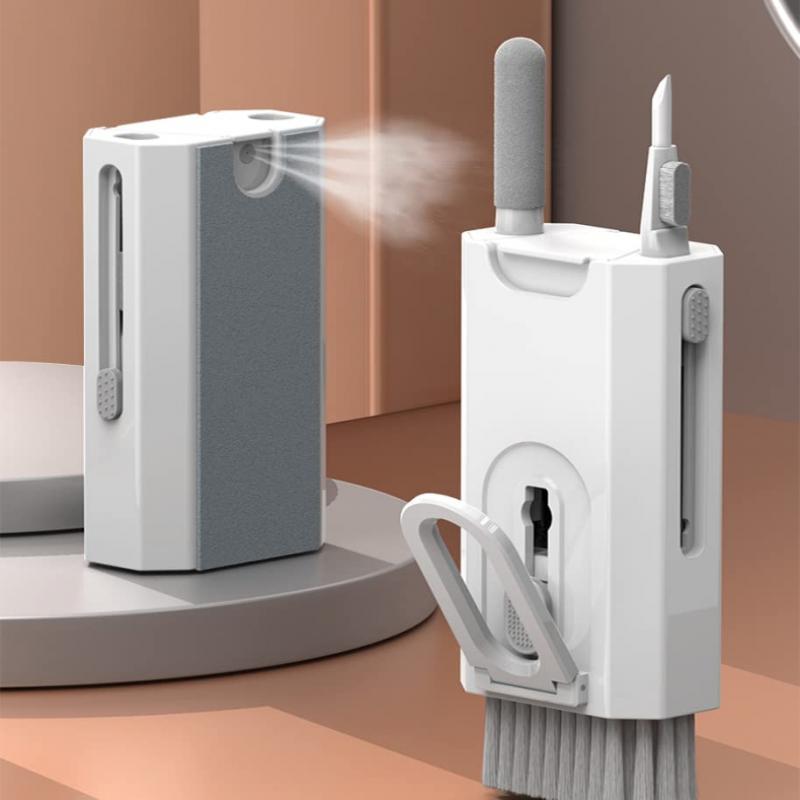
3、 Applying the sample evenly to prevent air bubble formation
To avoid air bubbles on microscope slides, it is crucial to apply the sample evenly to prevent air bubble formation. Here are some steps you can follow to ensure a bubble-free slide preparation:
1. Clean the slides: Start by cleaning the slides thoroughly to remove any dust or debris that could interfere with the sample. Use a lint-free cloth or lens paper along with a cleaning solution specifically designed for microscope slides.
2. Use a proper mounting medium: Choose a mounting medium that is compatible with your sample and provides a good refractive index. This will help reduce the chances of air bubbles forming during the mounting process.
3. Apply a small drop of sample: Place a small drop of the sample in the center of the slide using a pipette or a dropper. Be cautious not to apply too much sample, as excess liquid can lead to the formation of air bubbles.
4. Lower the coverslip gently: Hold the coverslip at a slight angle and gently lower it onto the sample. Start from one side and slowly lower it to avoid trapping air underneath. Avoid pressing too hard, as this can also cause air bubbles.
5. Remove excess liquid: If there is excess liquid around the edges of the coverslip, carefully blot it with a tissue or absorbent paper. Be careful not to disturb the sample or create air bubbles while doing this.
6. Allow the slide to dry: Leave the slide undisturbed for a few minutes to allow the sample to dry completely. This will help prevent any movement or shifting of the coverslip, which can lead to the formation of air bubbles.
It is worth noting that some samples may be more prone to air bubble formation than others. In such cases, it may be helpful to use a mounting medium specifically designed to minimize bubble formation. Additionally, practicing patience and precision during the slide preparation process can significantly reduce the likelihood of air bubbles.
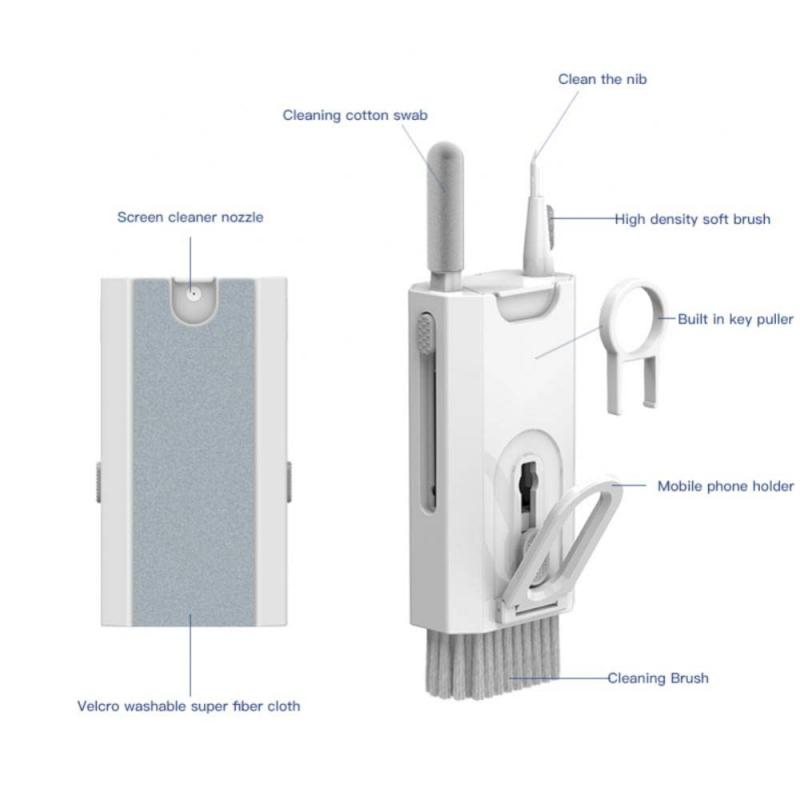
4、 Avoiding excessive pressure when placing the coverslip
To avoid air bubbles on microscope slides, one of the key steps is to avoid applying excessive pressure when placing the coverslip. Excessive pressure can lead to the formation of air bubbles, which can interfere with the clarity and accuracy of microscopic observations.
When placing the coverslip, it is important to handle it gently and avoid pressing down too hard. Instead, gently lower the coverslip onto the specimen, allowing it to naturally settle into place. This will help minimize the chances of trapping air bubbles.
Additionally, it is recommended to use a mounting medium or mounting fluid that has a low viscosity. This will allow the coverslip to easily slide into place without the need for excessive pressure. Using a mounting medium that is specifically designed to minimize air bubble formation can further enhance the quality of the slide.
Another technique to prevent air bubbles is to use a needle or a fine-tip pipette to carefully apply a small amount of mounting medium or mounting fluid at one edge of the coverslip. Then, slowly lower the coverslip onto the specimen, allowing the mounting medium to spread evenly and push out any trapped air. This technique, known as the "wet mount method," can help ensure a bubble-free slide.
It is worth noting that advancements in technology have led to the development of automated coverslippers, which can help eliminate the issue of air bubbles altogether. These devices use controlled pressure and precise positioning to ensure a bubble-free slide.
In conclusion, to avoid air bubbles on microscope slides, it is crucial to avoid excessive pressure when placing the coverslip. Additionally, using a low-viscosity mounting medium and employing techniques such as the wet mount method can further enhance the quality of the slide.
